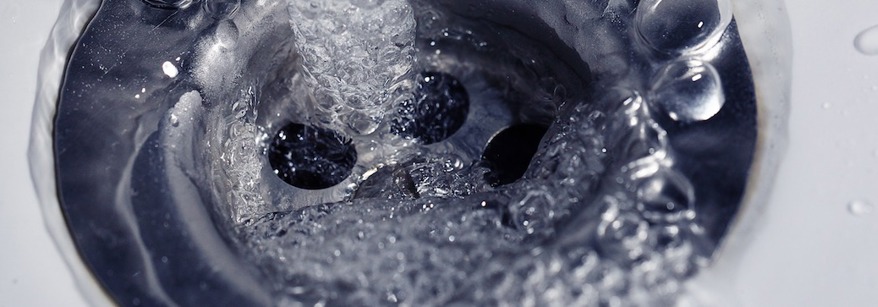Where no sewer is available you will need to provide an on site system which has been designed and constructed in accordance with the On-site Effluent Treatment Regional Plan. The purpose of the OSET Plan is to ensure that wastewater is discharged safely and that the effects are managed.
The systems must have been tested and approved (see below approved systems).
If you are building a new home that will utilise on site systems, this will be approved as part of the building consent process.
Domestic wastewater treatment
Where there is no council sewer, such as in many rural communities, wastewater is generally treated with septic tank systems. However in some situations, like those described in this section, you may choose (or be required) to install an aerated wastewater treatment system, rather than use a traditional septic tank system with a soakhole or soakage trenches. This is to prevent degrading the quality of water in nearby water bodies.
Choosing an aerated wastewater treatment system
What is an aerated wastewater treatment system?
Systems similar to septic tank systems which provide 'on-site' treatment. However they treat wastewater to a much higher standard. They involve pre-treatment and secondary treatment involving aerobic biological processes. Some may also include tertiary treatment such as ultra-violet light disinfection.
What are the approved aerated wastewater treatment systems for Bay of Plenty?
We have compiled a list of approved on-site effluent systems for new installations throughout the Bay of Plenty, including the Rotorua lake catchments.
Note that for new systems in Rotorua to be installed as a 'permitted activity' they must also meet the requirements of Rule 13 and Schedule 4 of the Bay of Plenty Regional Council's On-Site Effluent Treatment Regional Plan.
If you are unsure if you are in one of the Rotorua Lakes catchments select 'Map 4' of the On-site Effluent Treatment Regional Plan.
Standard septic tanks
Outside the Rotorua Lakes' catchments new conventional septic tank systems can be permitted, provided that the conditions of Rule 3 and schedule 1 of the On-site Effluent Treatment Regional Plan are met. Refer to the Onsite Effluent Treatment Regional Plan to view these.
When dealing with district and city councils it is helpful to have a printout of tables 6 and 7 of schedule 1.
Advanced wastewater system
If you want to install an advanced system rule 12 of the On-site Effluent Treatment Regional Plan applies.
Choosing a system
Things to consider when choosing an advanced wastewater treatment system (not a septic tank system):
Fixed Costs - When getting a quote, check if it includes delivery, and installation. Does it also include the irrigation system and pump?
Running Costs - Do these include electricity, maintenance, servicing, etc? Use the table above in the 'Yes I am in a Rotorua Lake catchment' section to get an indication of electricity usage of the models we have tested.
Servicing/Maintenance - How often is this required? What is involved? How much servicing is included in the purchase price? Who is available to repair the system if it breaks down?
Operation - Is it noisy? Does it smell? How does it handle peak loads - for instance for the extended family at Christmas time. Some chemicals and cleaners can cause the useful 'bugs' to die off, which can result in the entire system malfunctioning.
Size - How much space does it require?
Warranty - What guarantees are offered?
References - Check at least one or two references from people who own them.
Compliance with Regional Plan
Will the manufacturer take responsibility for ensuring that the system meets the regional plan requirements, including providing the necessary certification to Bay of Plenty Regional Council? Refer to rule 12 or 13 of the On-Site Effluent Treatment Regional Plan.


